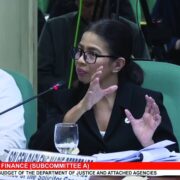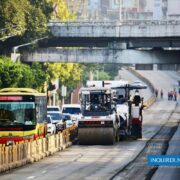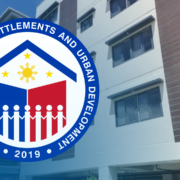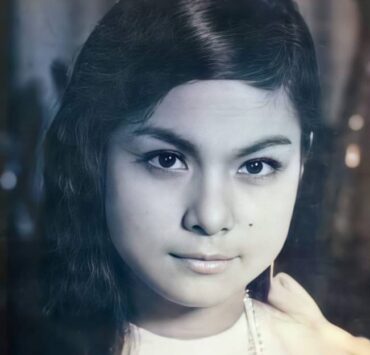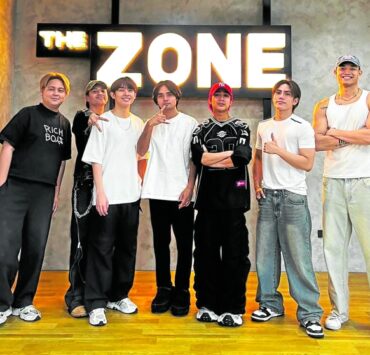Bongabon opens museum in restored town hall
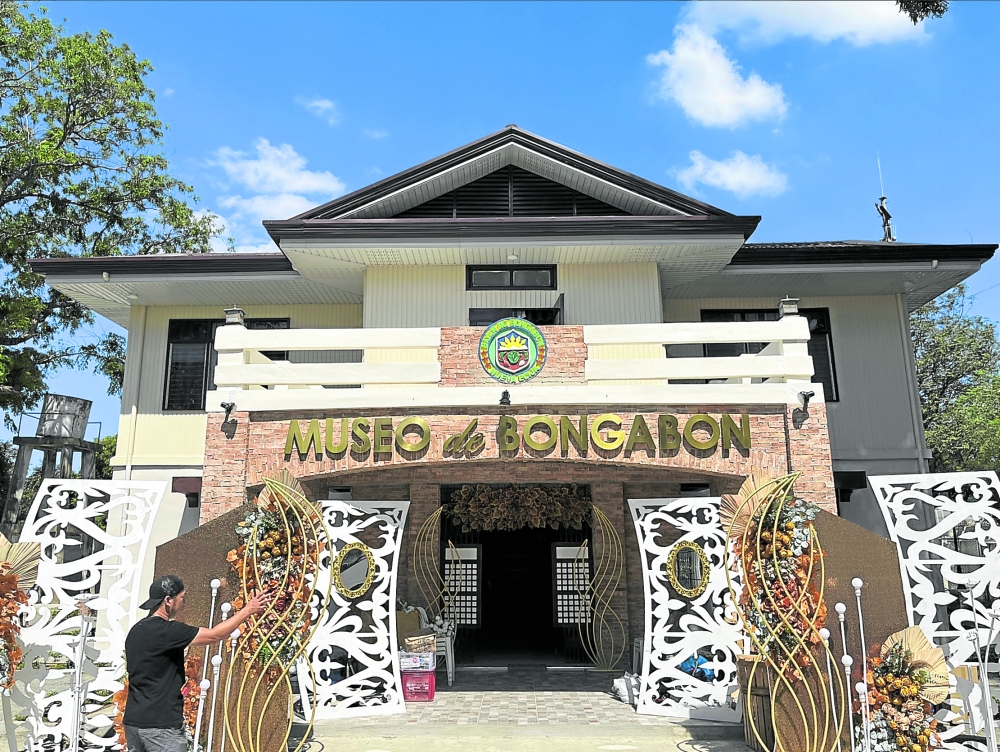
Already up for demolition not so many years ago, the post-war municipal hall of Bongabon in Nueva Ecija was saved, retrofitted, and converted into a museum showcasing the town’s history as well as its religious, natural, and cultural heritages.
Called Museo de Bongabon, it was formally opened on the ninth day of the 10-day Sibuyas Festival, the town’s annual fest celebrating not only onion, its major product, but also its history and the many aspects of its culture and environment.
It is the first stand-alone museum, and the first housed in an adaptively reused building, in the province of Nueva Ecija. Research and curation were done by local historian Maynard Reguyal.
Inaugurated in 1957, the building was renovated by the local government last year to be converted into the museum, which had a soft opening last December.

The main exhibition space is on its second level, while the first level houses the museum’s office, a souvenir shop, an audiovisual room, and a space for artworks and photographs from competitions done in line with this year’s festivities.
Presented on the second floor are the history of the town, reproduction of archival documents pertaining to Bongabon, including the former pueblo of Santor, past and present mayors and vice mayors, old photographs, household items, and other important artifacts.
Also featured are farm implements, including those used by onion farmers and interestingly, a radio—possibly from the American period—with a carved wooden Filipiniana-themed casing and two calcified leaf fossils.
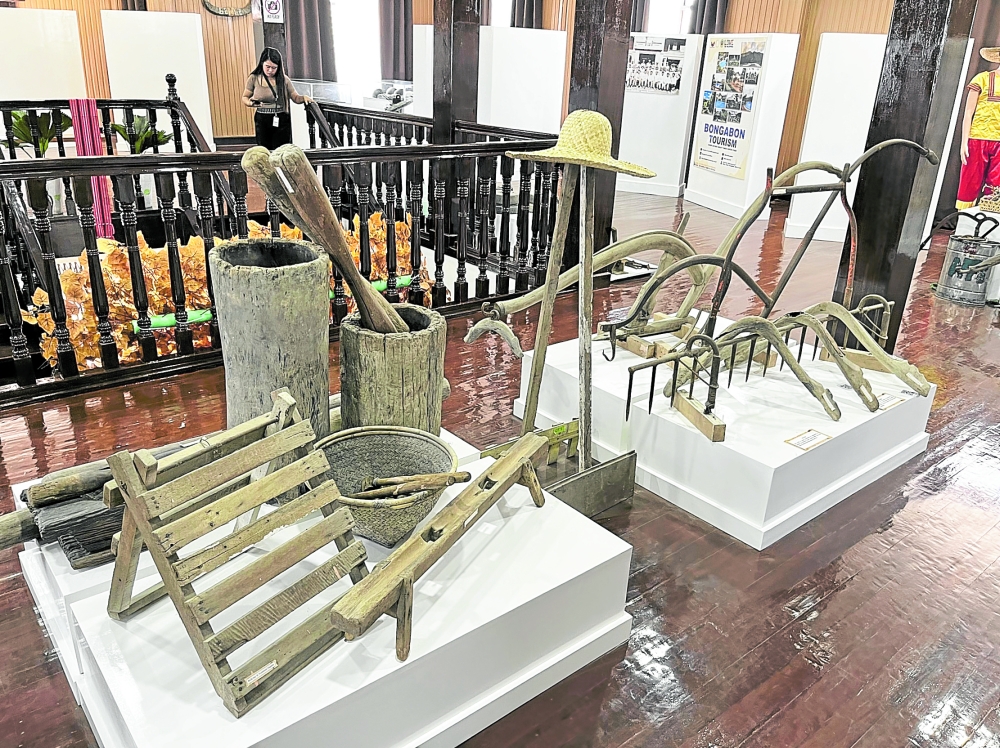
Apart from these, sections are also allotted to the Alta Digmala, Kankanaey, Ifugao ethnolinguistic groups of the town, and the Sibuyas Festival itself.
In a message read during the official opening of the museum, National Historical Commission of the Philippines chair Regalado Trota Jose said, “In this move by the local government, it emphasizes not only its history but also the preservation of its cultural heritage.”
‘Repository of our story’
He also lauded the government for maintaining the area as an open space for an unobstructed view of the building.
“This institution would definitely give pride of place and identity not only to the people of Bongabon but also to all Novo Ecijano,” he said.
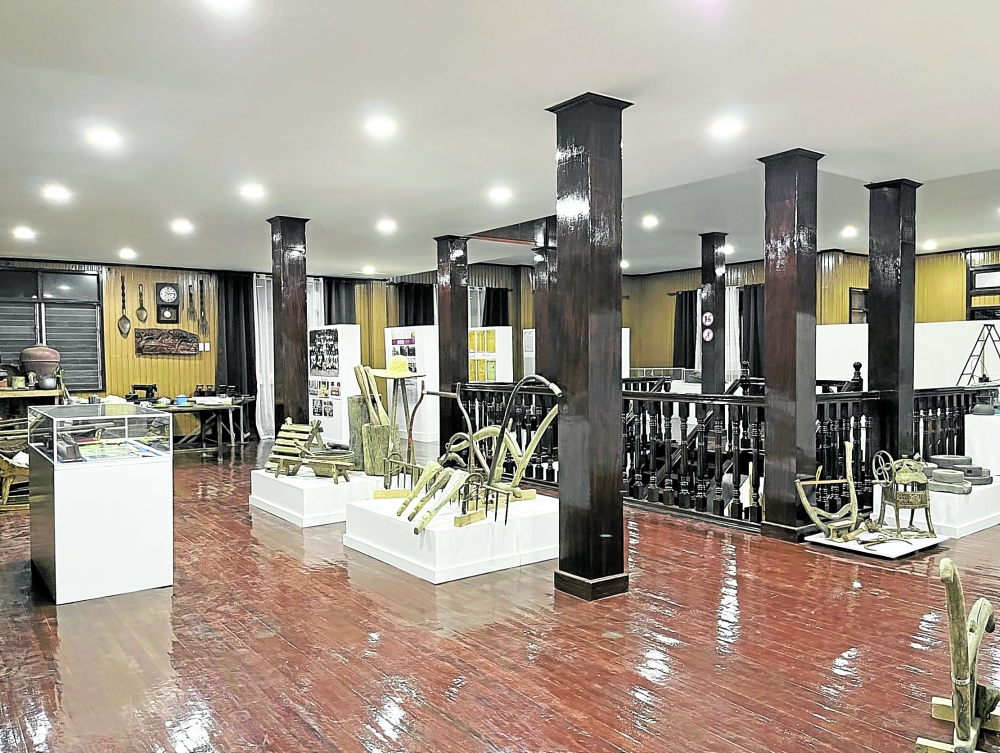
Mayor Ricardo Padilla said it had always been his dream for his town to have its own museum, and the old municipal hall is a perfect fit. He pushed for the conversion of the building into a museum “as a repository of the story of our town.”
In his speech, the local chief executive said that events and people are always part of history, and that “if we document and deposit them, these will not disappear” in their history and consciousness as a people.
Flordeliza Camacho, Bongabon tourism office head, said that the museum was envisioned as the center of culture and arts of the town. “This museum will become a vessel of comprehension and understanding of our heritage,” she said in Filipino.
“We hope that every visit to the museum will become a meaningful experience that would incite us all to give more importance to our rich and diverse heritage,” she added.
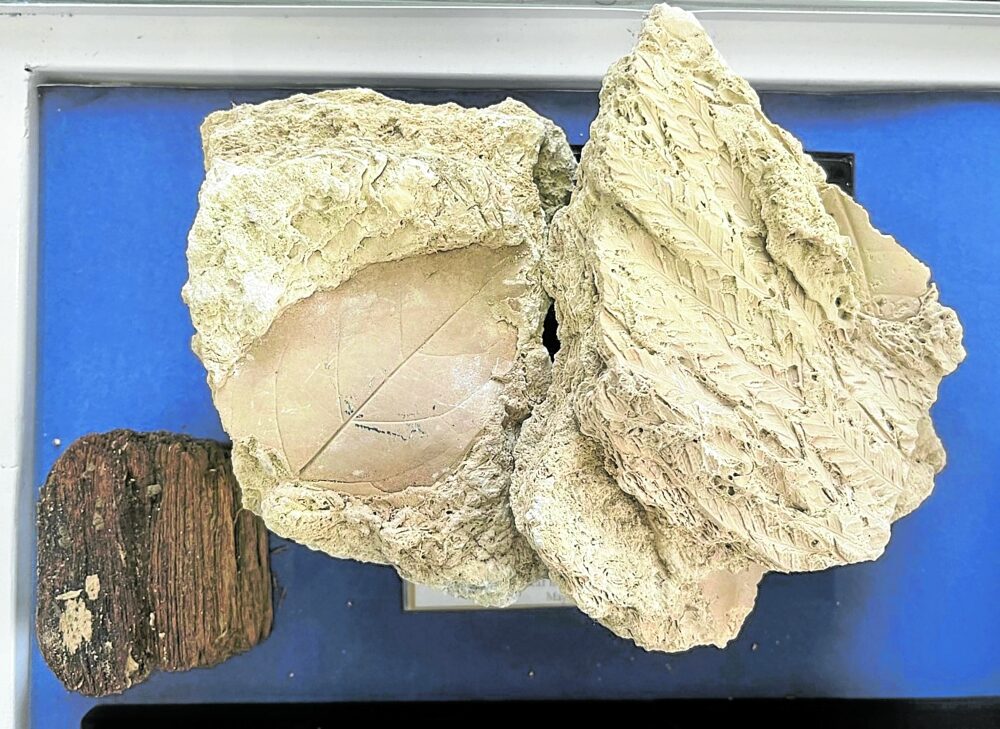
The museum is located on J.P. Rizal Street, across the ruins of the old Commandancia building, near the town plaza and the church.
It served as the town’s municipal hall from the year of its construction to 2005, when a new municipal building was built near the Nueva Ecija-Aurora Road.
The old municipio was built in the style of postwar bahay na bato, where the lower level is made of concrete and the second level is of wood.
The building was erected during the term of Mayor Antonio Vila and was inaugurated on Oct. 3, 1957, the eve of the feast of Saint Francis of Assisi, the patron saint of Bongabon.
It is one of the heritage structures in town, which also includes the church, an old stone bridge, a number of houses which are mostly post-war, and at least two indigo vats.






